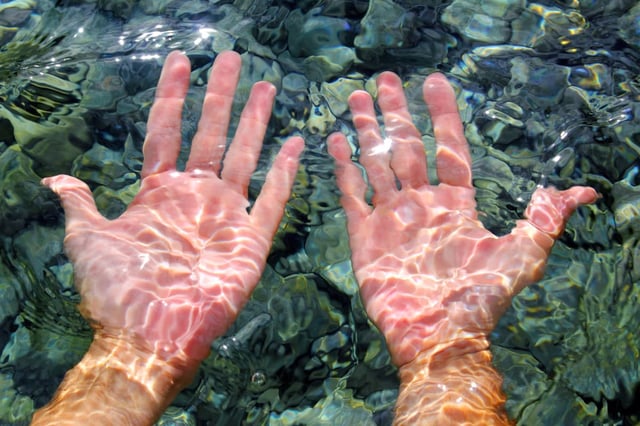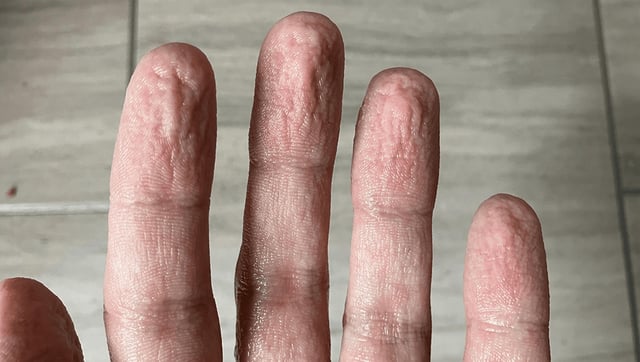Overview
- A study published in May 2025 demonstrates that finger wrinkle patterns from water immersion are reproducible across separate submersions.
- The wrinkling process is driven by the autonomic nervous system, which constricts blood vessels in response to osmotic changes in sweat ducts.
- This mechanism was first linked to nerve function in 1935, when patients with median nerve damage were observed to lack water-induced wrinkles.
- The findings suggest practical uses in forensic science, such as identifying bodies after prolonged water exposure or enhancing fingerprinting techniques.
- The research, inspired by a student's question, was conducted at Binghamton University and published in the Journal of the Mechanical Behavior of Biomedical Materials.

